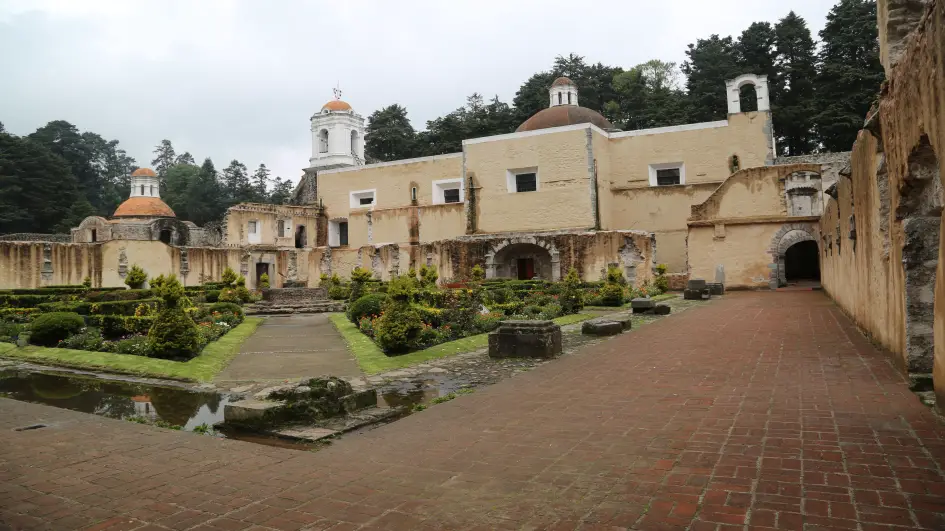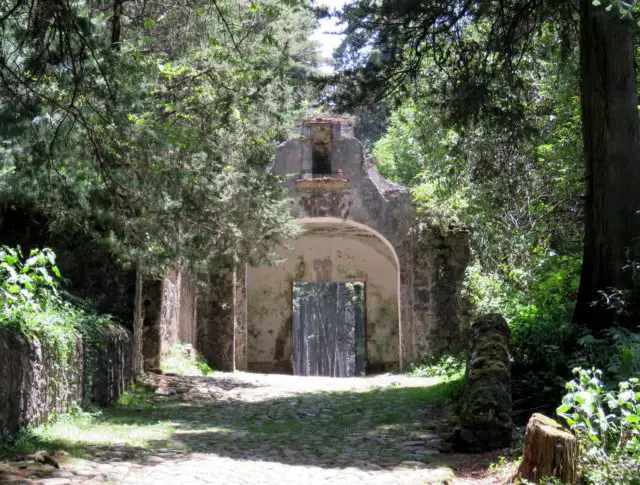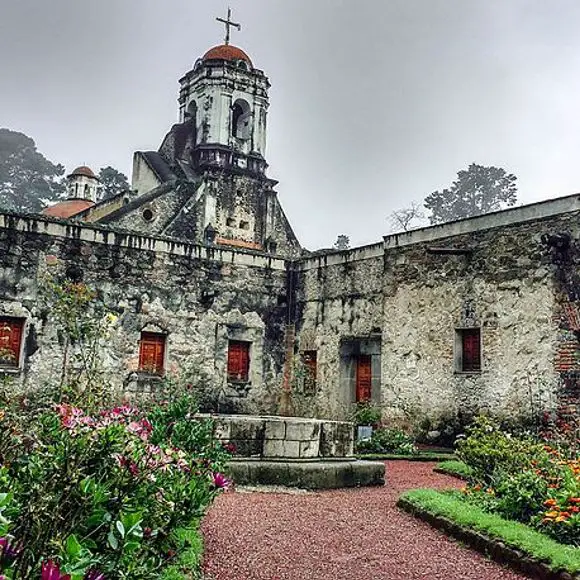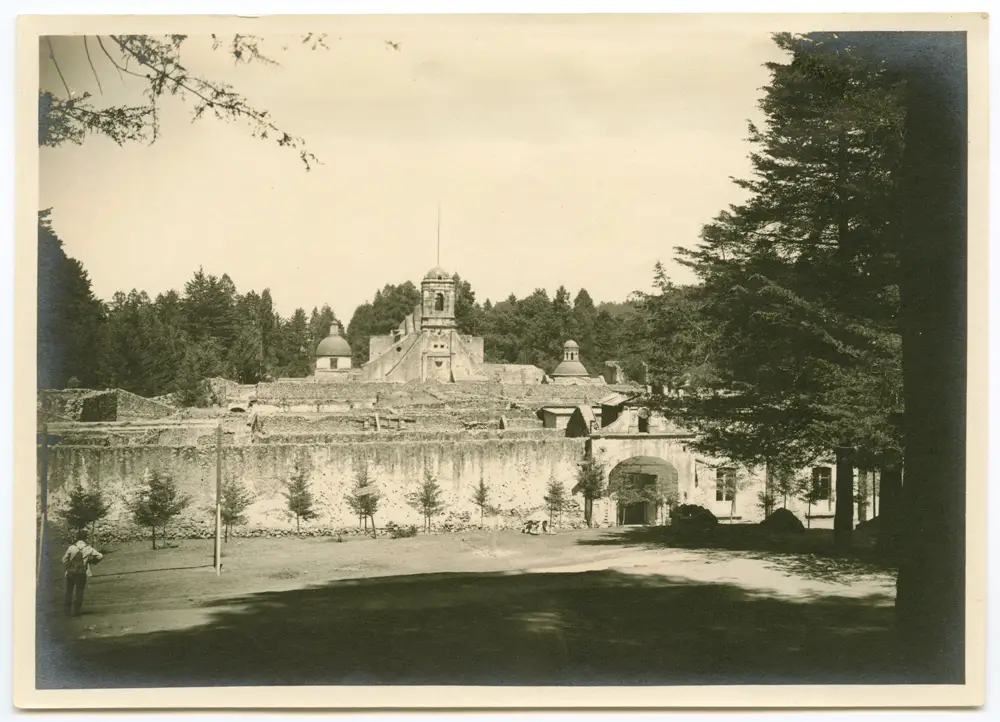Discover the haunting remains of a deserted convent nestled in the thick woods of Mexico’s inaugural national park. Despite what the name may imply, Desierto de los Leones, or Desert of the Lions, is not an actual desert, and there are no lions to be found. Instead, it serves as the moniker for both Mexico’s initial national park and the forsaken convent situated amid its wooded landscapes.

The name’s origin is said to stem from the forest’s distant position beyond Mexico City, coupled with the Spanish settlers’ astonishment at encountering numerous Pumas in the region, which they referred to as lions. However, present-day realities paint a different picture. The Puma population in the forests has become extinct, and the encroachment of urban development steadily approaches.

The Aztecs, favoring lakeside settlements, never established themselves in these woods, although evidence suggests that earlier civilizations, including the Aztecs, utilized the area for hunting deer and other game animals. The Spanish arrival marked the beginning of significant human habitation. In 1606, the Catholic Carmelite order of barefoot monks decided to construct their convent in this location, attracted by its tranquil environment and distance from the city, making it an ideal setting for meditation and retreat.
Life for the monks inhabiting the building was characterized by simplicity but often harsh conditions due to the vows of poverty, silence, and chastity they had undertaken. In addition to the vow of silence, which prohibited communication among the monks, they were also mandated to walk barefoot—a challenging feat given the terrain, the presence of rattlesnakes and scorpions, and frequently cold temperatures.

RECOMMENDED: The Rise And Fall of Hong Kong’s Kowloon The Walled City

The convent faced abandonment in 1810, primarily due to the building’s deterioration and collapse caused by persistent humidity and the proximity of the War of Independence against Spain, which reached the outskirts of the forest. After serving as a military barracks, the site gained recognition as a forest reserve in 1876, ultimately becoming Mexico’s inaugural national park.
Despite its historical transition, a lingering belief persists that the monks never truly departed. The convent’s ruins are shrouded in urban legends revolving around the supernatural. Numerous visitors have shared accounts of encountering the apparitions of hooded, barefoot monks and sensing the presence of an eerie and unseen entity observing them.

While the Puma may no longer roam the area, the park is still teeming with diverse wildlife, including coyotes, bobcats, white-tailed deer, raccoons, and foxes. However, these creatures are rarely spotted by visitors. Instead, it is more common to come across reptiles and amphibians such as rattlesnakes and salamanders, as well as impressive birds of prey like the red-tailed hawk, horned owl, and Harris hawk.
RECOMMENDED: Abandoned Since The 1940s – Italy’s Iconic Valley of Mills